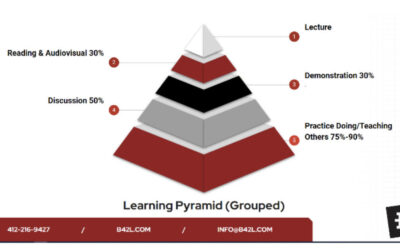Lifting and moving objects is a common task in many industries, from manufacturing to healthcare. However, if not done properly, lifting heavy or awkward objects can cause soft tissue injuries such as strains, sprains, and muscle pulls. In this toolbox talk, we will discuss some best practices for lifting objects safely to prevent soft tissue injuries.
- Assess the Load
Before lifting any object, it’s essential to assess its weight and size. Determine whether you can safely lift and move the load by yourself or whether you need assistance. Consider the weight of the load, its size and shape, and any obstacles in your path. If the load is too heavy or awkward to lift safely, get help or use lifting equipment.
- Plan the Lift
Once you have assessed the load, plan the lift. Determine the best way to grip the load, and decide on the safest path to move it. Make sure your path is free from obstacles, and ensure that there is enough space for you to maneuver the load safely.
- Use Proper Lifting Techniques
When lifting any object, it’s essential to use proper lifting techniques to prevent soft tissue injuries. Follow these steps:
- Stand close to the object and center your body over it.
- Bend your knees and keep your back straight.
- Get a firm grip on the object with both hands.
- Slowly lift the object, using your leg muscles to push up and keeping the load close to your body.
- Use your feet to pivot and turn rather than twisting your back.
- Lower the object slowly, keeping your back straight and using your leg muscles.
- Avoid Awkward Postures
Avoid awkward postures when lifting objects. Lifting with your arms fully extended or reaching over your head can put stress on your muscles and joints, increasing the risk of injury. Keep your elbows close to your body and avoid overreaching.
- Take Breaks and Rotate Tasks
Lifting and moving objects can be physically demanding, and repetitive lifting can increase the risk of soft tissue injuries. Take breaks and rotate tasks to give your muscles a chance to rest and recover. This will reduce the risk of soft tissue injuries caused by overuse.
Conclusion
Proper lifting techniques are essential for preventing soft tissue injuries caused by lifting and moving objects. By assessing the load, planning the lift, using proper lifting techniques, avoiding awkward postures, taking breaks, and rotating tasks, you can reduce the risk of injury and keep yourself and your coworkers safe. Remember to always follow OSHA standards and guidelines for lifting safety to ensure a safe and healthy workplace.





